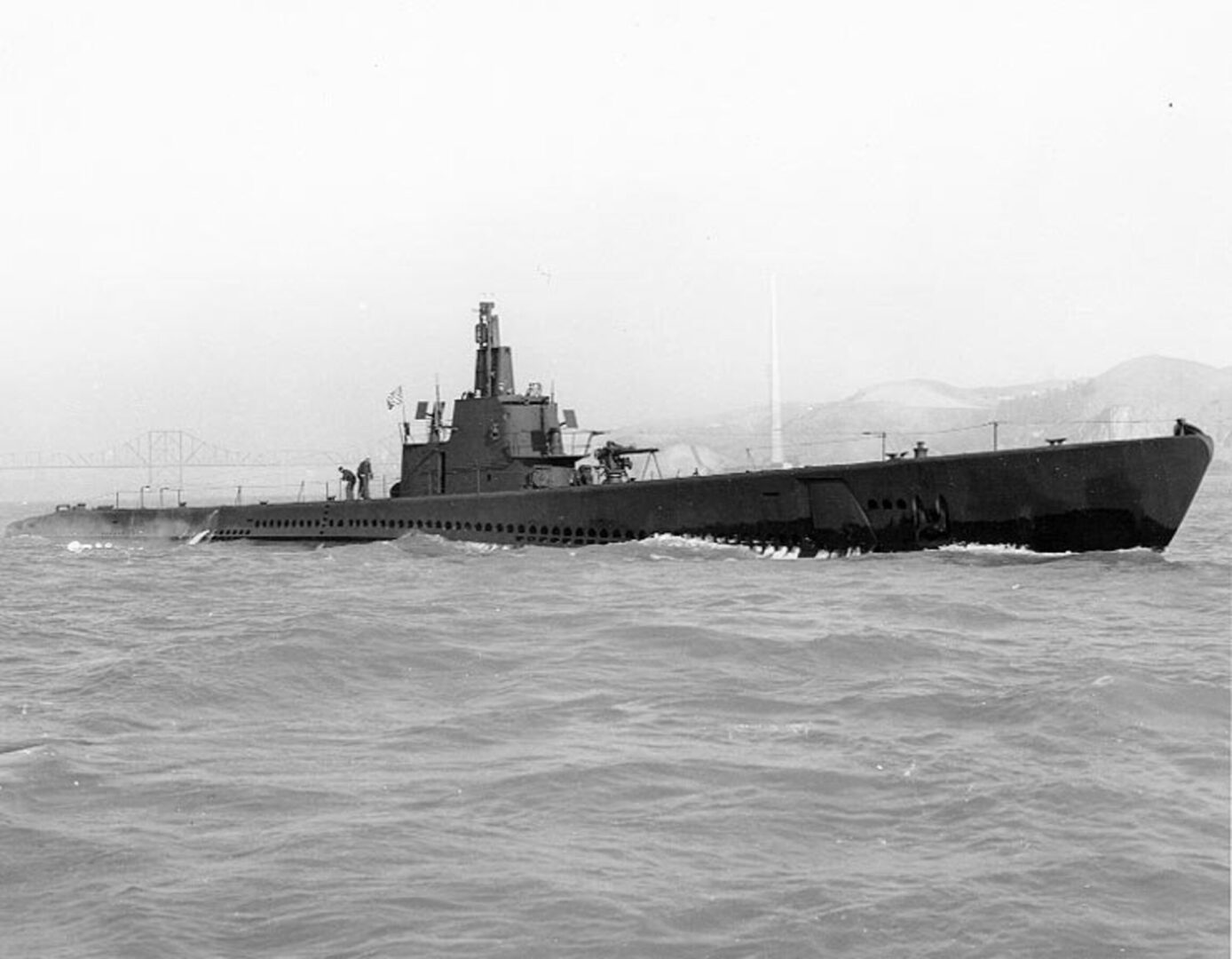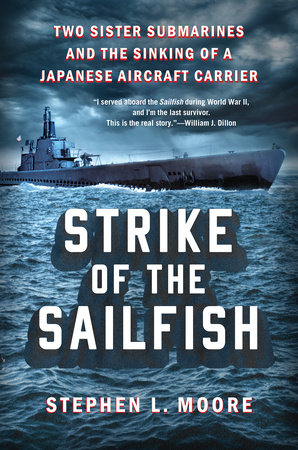
Story of Sailfish — 1st American submarine to sink a Japanese aircraft carrier in WWII
Pa. native who is last surviving crew member of Sailfish tells his story too
-
Scott LaMar

Aired; December 11th, 2023.
The U.S.S. Sailfish was the first American submarine to sink a Japanese aircraft carrier during World War II.
Just after midnight on December 4, 1943 during a typhoon, Sailfish torpedoed the Japanese carrier Chuyo, 250 miles southeast of Tokyo Bay. Several hours later, Sailfish finished off the Chuyo with two more torpedo attacks.
 The Sailfish attack on the Chuyo came during a typhoon, so the attack was carried out using radar. Ninty-nine-year-old Bill Dillon, a Pennsylvania native, is the last surviving crew member from Sailfish and was a radio/radar operator on board the submarine. On Monday’s The Spark he said,”We were flying blind. If you can picture this — it is midnight and we saw nothing. All we got was blips. And we fired four torpedoes and hit two. And it was absolutely unbelievable because you’ve got to recall when we were doing that, the ship was still moving and we had no idea what it was. And we still got it. Hard to believe you can do something like that. It’s almost impossible.”
The Sailfish attack on the Chuyo came during a typhoon, so the attack was carried out using radar. Ninty-nine-year-old Bill Dillon, a Pennsylvania native, is the last surviving crew member from Sailfish and was a radio/radar operator on board the submarine. On Monday’s The Spark he said,”We were flying blind. If you can picture this — it is midnight and we saw nothing. All we got was blips. And we fired four torpedoes and hit two. And it was absolutely unbelievable because you’ve got to recall when we were doing that, the ship was still moving and we had no idea what it was. And we still got it. Hard to believe you can do something like that. It’s almost impossible.”
Sailfish had a sister submarine that didn’t share it’s success.
Historian Stephen L. Moore has written about both submarines in the new book — Strike of the Sailfish – Two Sister Submarines and the Sinking of a Japanese Aircraft Carrier and he appeared on The Spark Monday and remembered a chance meeting with Dillon that led to the book,”I ran into Bill on a flight on an airplane a couple of years ago, and I saw the jacket he was wearing and his submarine hat. I asked him about the Sailfish. I knew some of my submarine history from previous books I’ve done. And I said, were you on the sailfish when she sank that Japanese carrier? And he said, How do you know that? I said, Well, I know a little bit about it. And he proceeded to tell me there were American P.O.W.s onboard that carrier. And I said, I know. And he said, Unfortunately, most of them perished in the sinking except for one guy. I said, Yeah, George Rocek. He said, Holy cow, how do you know his name? I said, Well, actually, I interviewed him years ago for another project. And he was just astonished. But his daughter Linda basically said, I need to get your email. You guys need to correspond when we get back from this trip overseas. And we did. And Bill was kind enough to share a lot of his memories and help put me in touch with other shipmates, family members who contributed to the story.”
Moore writes in the book about the numerous times Japanese ships sank depth charges to try to destroy or at least damage Sailfish. Dillon described the sub as a sitting duck while the depth charges were being sent toward them,”Picture this now. When you’re submerged and we’re on batteries now and we are only going about 2 to 3 knots, sometimes down to one knot. And the way we kept the boat stabilized, we could not run any pumps to move water back and forth. What we did, we passed people back and forth and in order to stabilize the boat (by weight distribution). We’d say, Well, then forward six men and three men stagger. In other words, we were transferring guys back and forth to stabilize the boat so that we didn’t make any noise. And so when we’re going so slow, we could not do anything to to get away from it. We had to just stay there and take it. And it was not easy. Was not easy, believe me. We got depth charges and we started taking out water. We used buckets back and forth that would stabilize boats. We couldn’t turn the pumps on. And there was no panic whatsoever among the crew. Every one of those guys knew exactly what we were doing and why we were doing it and how we’re doing it.”
After sinking Chuyo, Dillon and Sailfish went on a few more missions before the war ended On V-J Day (Victory over Japan) August 14,1945, Sailfish sailed into the Philadelphia Navy Yard. The submarine was decommissioned on October 27, 1945.

